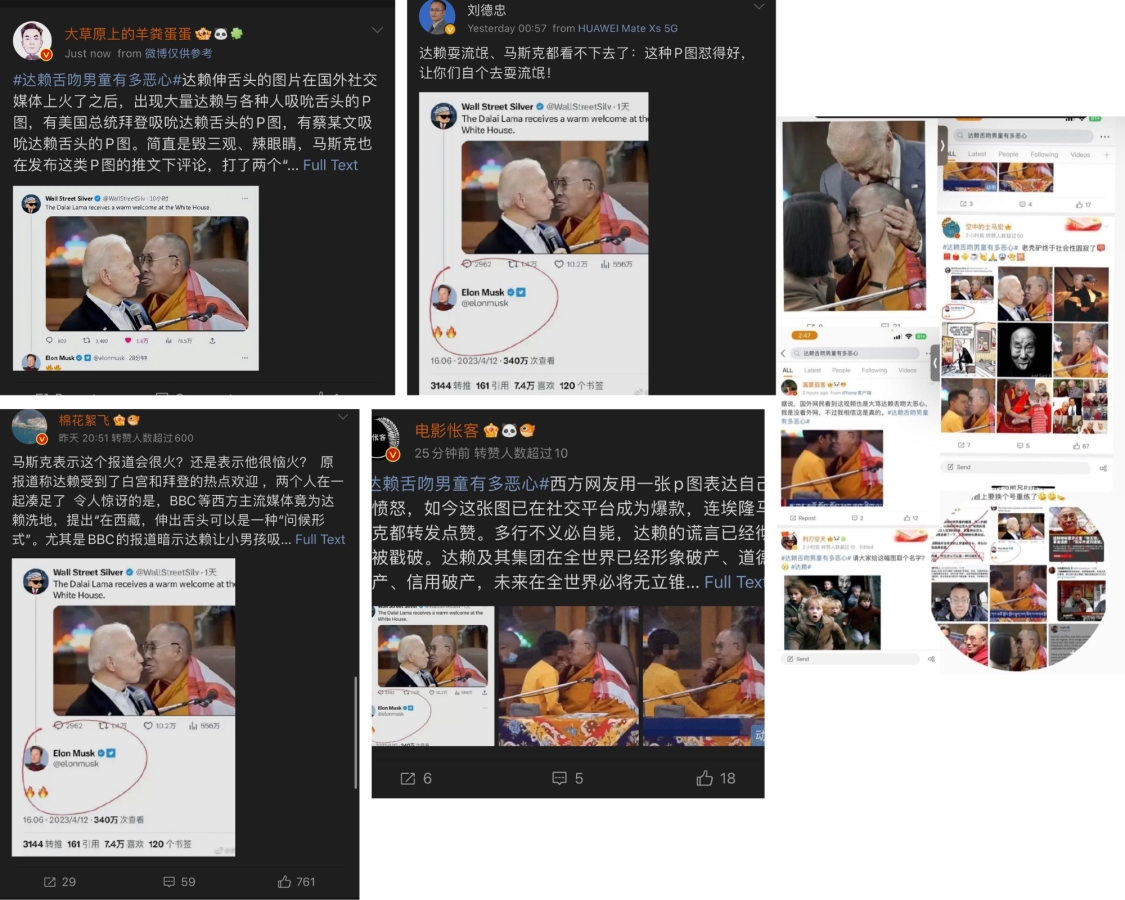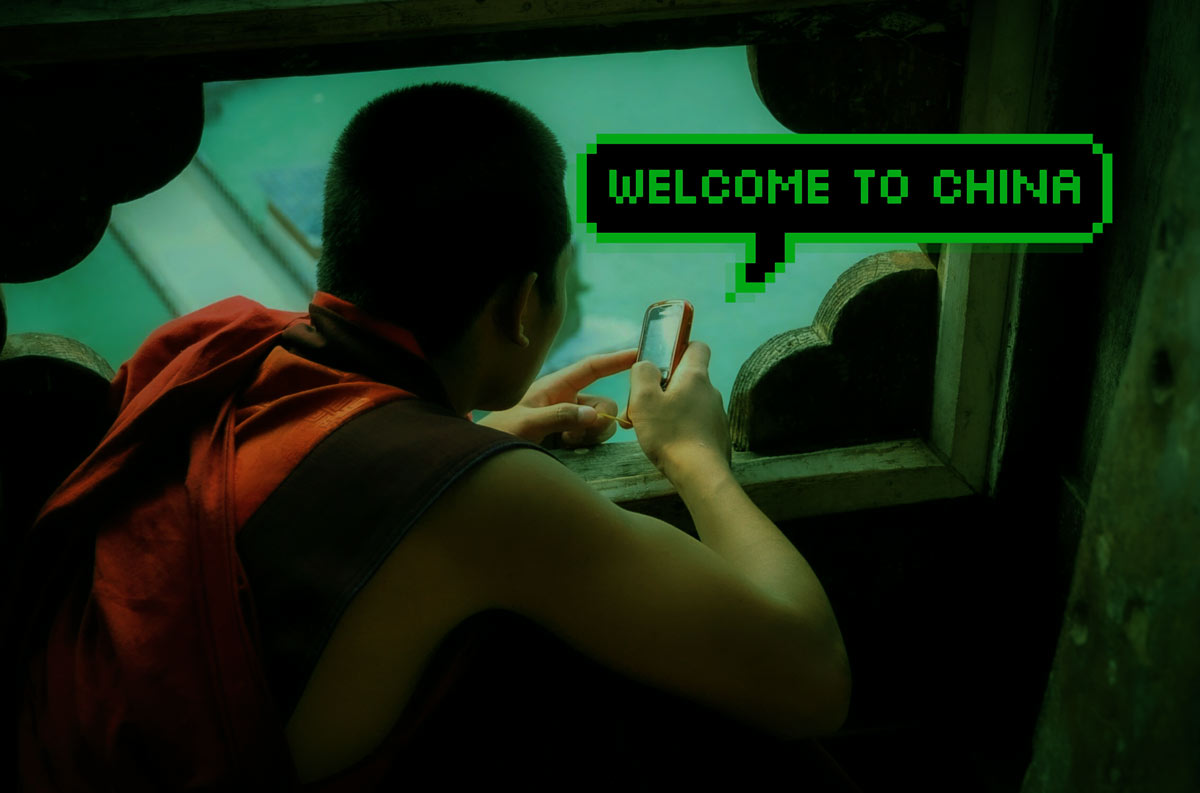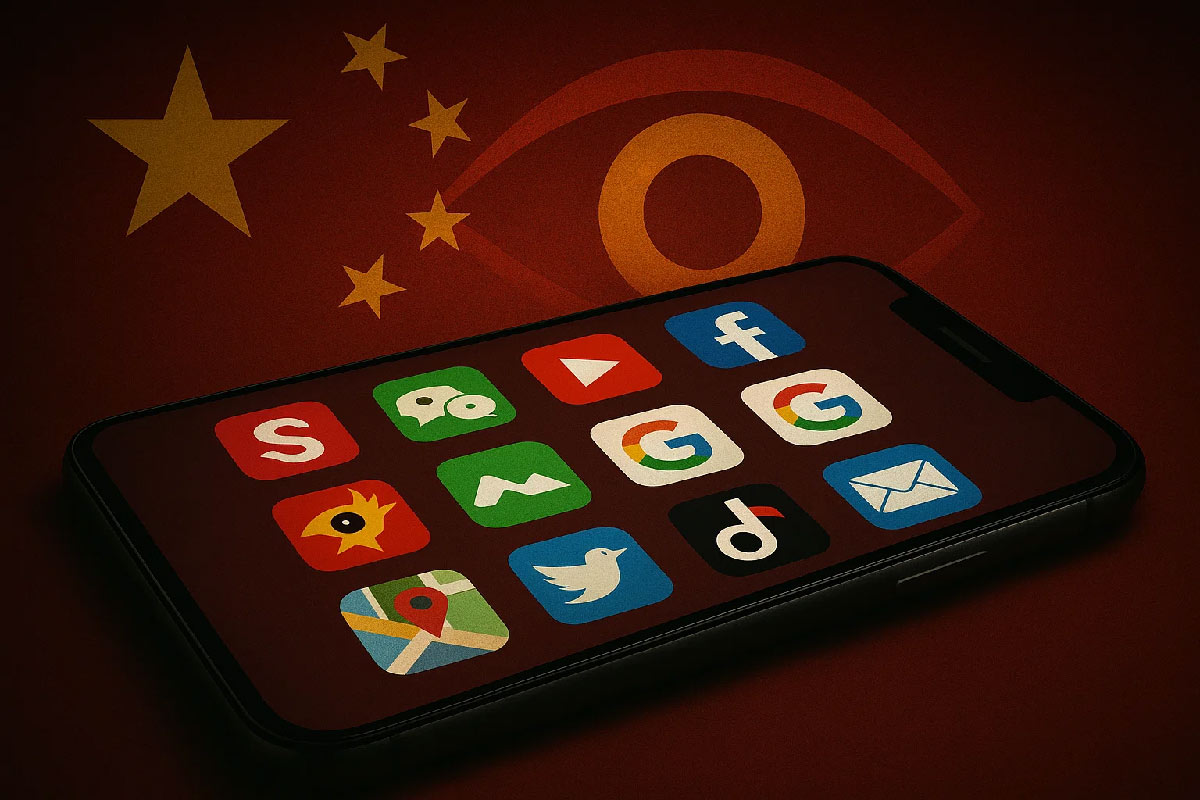WeChat censors profile pictures displaying the Dalai Lama
China’s oppressive laws and policies under its communist leadership of Xi Jinping have imposed strategic means equipped with latest trends in the digital and information technology sector to impose unjustified cruelty and injustice against the Tibetans, essentially to dismantle Tibetan religion, language and culture on the pretext of Cultural Revolution and peaceful liberation. With its ever growing advancements in the field of digital economy, they also imposed numerous legislative actions over its tech giants by which online platforms in China are regularly censored to comply with government regulations. Apart from censoring politically sensitive information which may harm the geopolitical image and validity of their regime, they also actively exercise surveillance of its citizens and political minorities through vastly used social media platforms such as WeChat and TikTok.
WeChat comes as the most widely used social media platform in China and it ranks as the fifth most used social media platform around the globe as of 2022. While WeChat is designed for global social media users, Weixin is the version designed for its mainland users. In a previous research report by the Citizen Lab, it was found that although WeChat’s political censorship and surveillance technology is comparatively less than that of Weixin’s users, WeChat users with accounts outside of China are also subjected to political surveillance. The key difference between the two is that the files and images shared by WeChat users with accounts outside of China were used to train, build and improve the censorship capabilities of its China registered users. It also suggests that non-China-based Wechat users who exchange sensitive content over WeChat are indirectly contributing to refinement of online political censorship and surveillance capabilities of China.
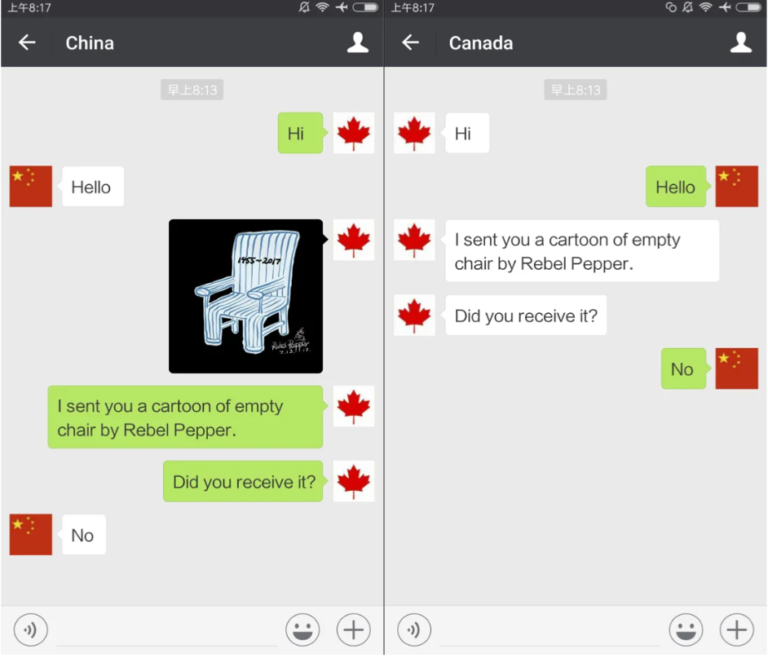
Fig : WeChat’s image censorship of it’s non-China-user to a China-based user
In recent times, in the wake of a manipulated viral video of His Holiness the Dalai Lama’s interaction with a young indian boy, many Tibetans and Tibet supporters came in peaceful protest around the globe to show solidarity with His Holiness and bring forward the truth behind the video propaganda that attempts to discredit, defame and harm the public perception of the Dalai Lama. The original full session of the event was a 17 minute long clip in which the Dalai Lama addressed 120 recently graduated Indian college students and members of the M3M Foundation at Dharamsala, India on 28th Feb, 2023. After more than a month since the event took place, around the end of first week of April 2023, a short maliciously trimmed version of the original video became viral on the internet. The 17 minute clip was initially cropped to a few minute length where the interaction between the Dalai Lama and the Indian boy could be seen, which was further trimmed to a few seconds of the video where the Dalai Lama asks the boy to “Suck his tongue”. Furthermore the trimmed section of the video was edited with caption mirroring the conversation between the two in which the boy’s face was blurred to give a false and misleading impression of the Dalai Lama to its viewers. As topics including sexual harassment to minors are very sensitive in nature, the manipulated video clip became a perfect opportunity for adversaries and critics of the Dalai Lama and the Tibet movement to weaponize it. Such a maliciously tailored video of a globally recognized spiritual icon of the present day world, which was taken out of its true context caused great unease around the globe. This inevitably resulted in a wildfire of relentless hateful and xenophobic news, posts, tweets, discussions and comments against the Dalai Lama on the internet.
In such a time, the sentiments of Tibetans and international followers of Buddhism and the Dalai Lama were deeply wounded with such untrue allegations on the Dalai Lama by which many began to show their solidarity with the Dalai Lama through peaceful protests around various parts of the world. Moreover a series of online hashtag campaigns in support of the Dalai Lama was observed as well as many individuals setting up their social media display picture with a photo of His Holiness the Dalai Lama which includes slogans such as “We love His Holiness 14th Dalai Lama” and “I stand with Dalai Lama”. One peculiar observation in WeChat recently was the fact that while keeping the account display picture in WeChat with a picture of His Holiness the Dalai Lama, the profile photo is removed a few seconds after the upload is completed. Although non-China based WeChat users lay outside the jurisdiction of Chinese censorship laws and policies, this evidence suggests that this Chinese social media platform is censoring any image depicting the Dalai Lama even for global WeChat users.
For a very long time, it was nearly impossible to ever see a single photo and video of the Dalai Lama in social media platforms whose users are based within the jurisdiction of Tibet and mainland China. However, the manipulated viral video of the Dalai Lama gained momentum in Chinese social media platforms particularly in Sina Weibo which is China’s version of Twitter. Social media users based within Tibet and China were able to see the manipulated clip as well as some negatively intended AI generated photos associated with the Dalai Lama. Eventually the Dalai Lama became the most trending topic on Weibo after the controversial misrepresented clip caught fire on the internet, an incident which never happened in China for the last 60 years ever since Tibet’s occupation.
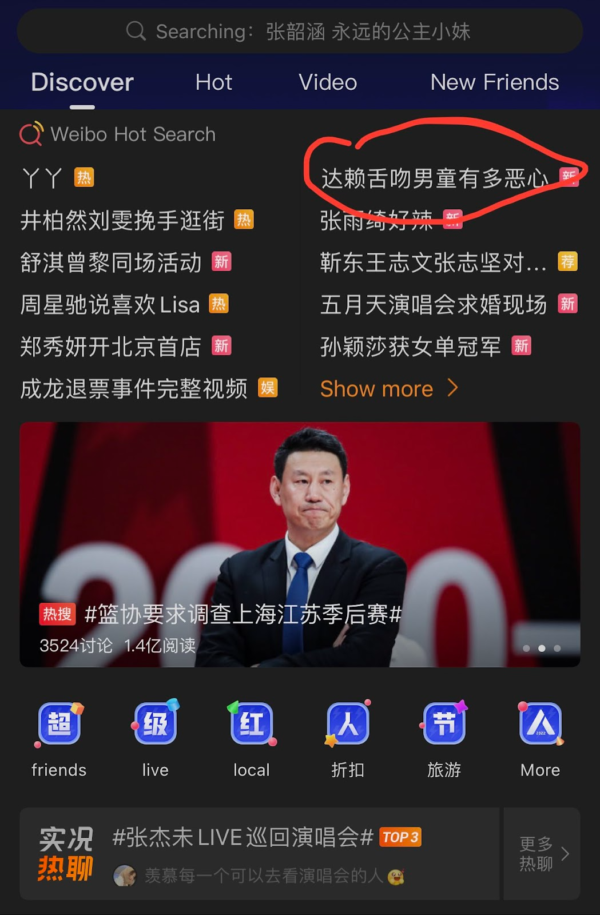 Fig 1 : The Dalai Lama becomes the most trending topic on Weibo
Fig 1 : The Dalai Lama becomes the most trending topic on Weibo
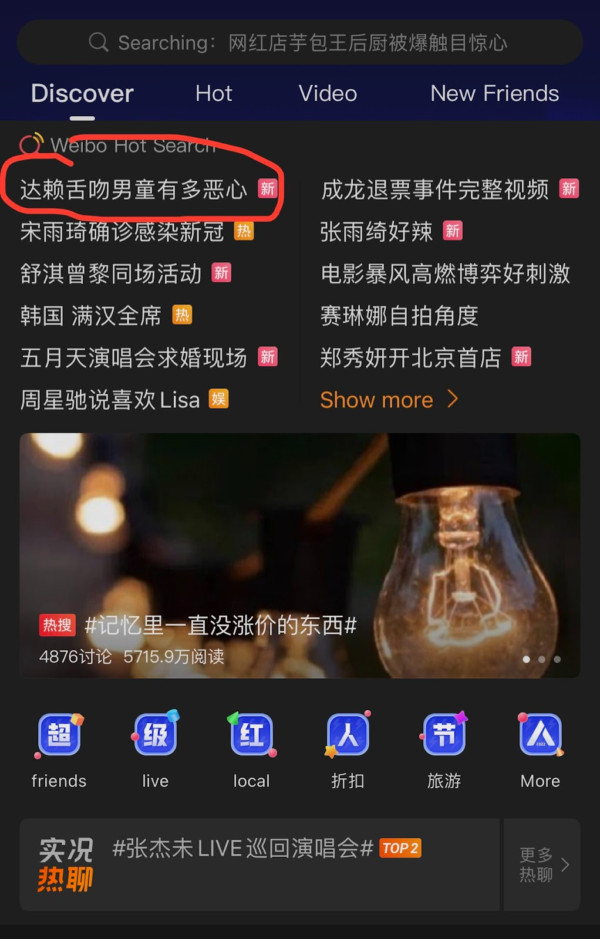 Fig 2: The Dalai Lama becomes the most trending topic on Weibo
Fig 2: The Dalai Lama becomes the most trending topic on Weibo
There is a clear indication that a political attribution must be there behind these incidents in an attempt to defame the character of the Dalai Lama, who symbolizes the patron of all the Tibetans, one who is also a spiritual, cultural and political epicenter of the Tibetan movement in exile. China’s relentless advancements in the field of digital infrastructure and strict policies for its tech giants are the essential elements of its ever-increasing surveillance and censorship tactics. It is evident that WeChat’s parent company Tencent is required to cooperate with its government to remove any content that goes against the ideologies, inclinations and geo-political identity of its regime.
Some of the uncensored negative photos around the manipulated video of the Dalai Lama on Chinese social media platforms are as below :
